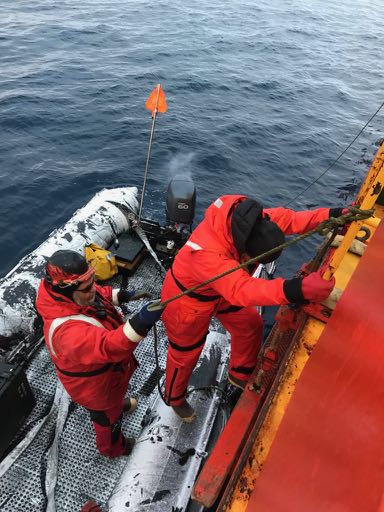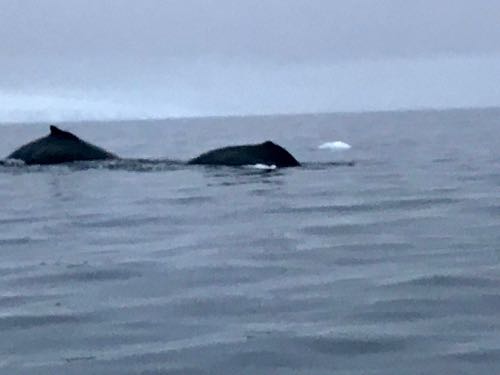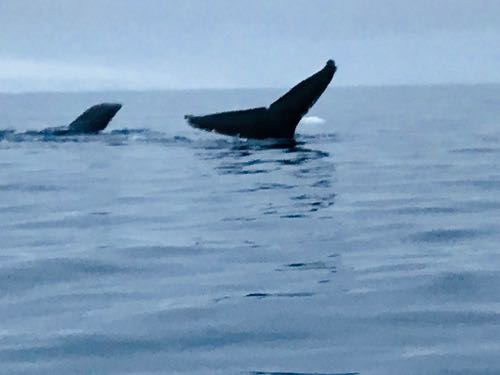I had a great opportunity to travel on the Laurence M. Gould and accompany a research team from Duke University. The day started out on the bridge of the ship with everyone looking for whales. When we finally reached Andvord Bay, we immediately saw two whales breach the surface. The boat stopped to let the Marine Techs (MT) unload the two Zodiac boats.

The researchers went in one boat with an MT driving, and we followed in the next Zodiac to help spot whales, since we only get about four hours of daylight, so spotting the whales is incredibly important. For the first hour or so, we did not have any luck spotting any whales, then all of a sudden; everywhere we looked there were whales. Most of the time you would see the whale for a second before its hump would make a high arc, this raise is a tell tale sign that the whale is about to dive deep, but before they descend you know you are going to get a great look at its massive fluke.




Comments